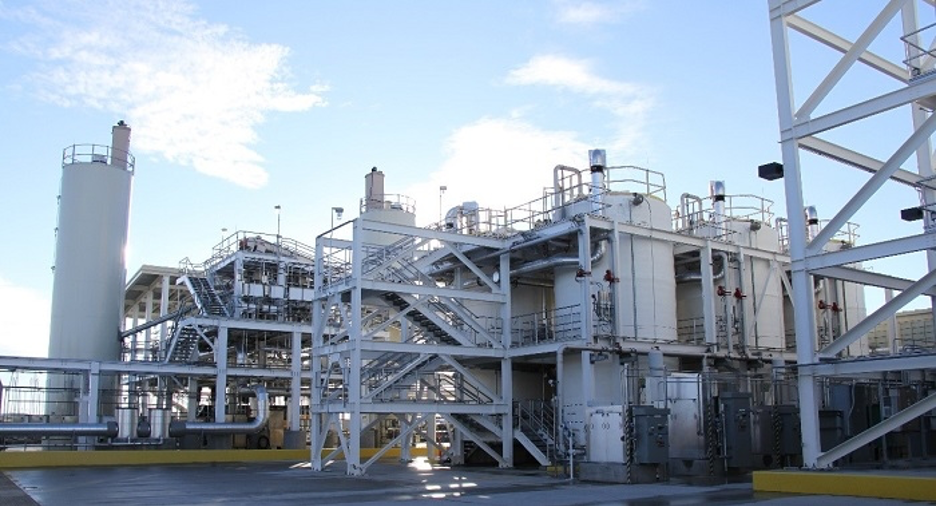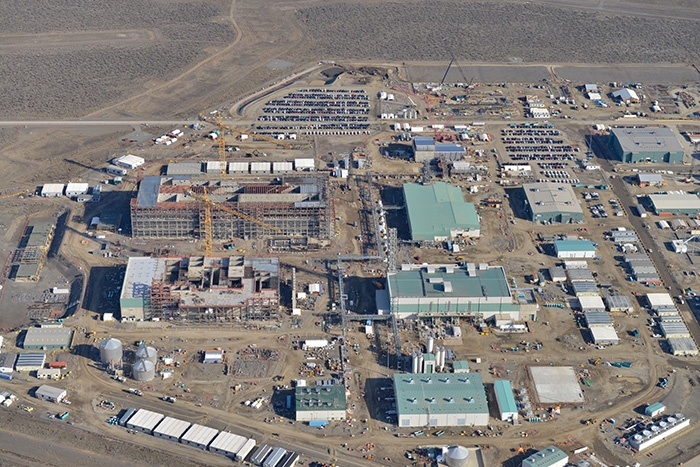Hanford nears another cleanup goal

Hanford’s largest groundwater treatment plant, the 200 West Pump and Treat Facility, removes tons of chemical and radioactive contaminants from more than 2 billion gallons of groundwater each year. Photo: DOE/OEM
Fiscal year 2020 marks the sixth consecutive year that the Hanford Site, in southeastern Washington State, has treated more than 2 billion gallons of groundwater to remove contamination from decades of past operations to produce plutonium for the U.S. nuclear weapons program.
The goal this fiscal year, which ends September 30, is to treat at least 2.4 billion gallons, the Department of Energy reported on September 8.


